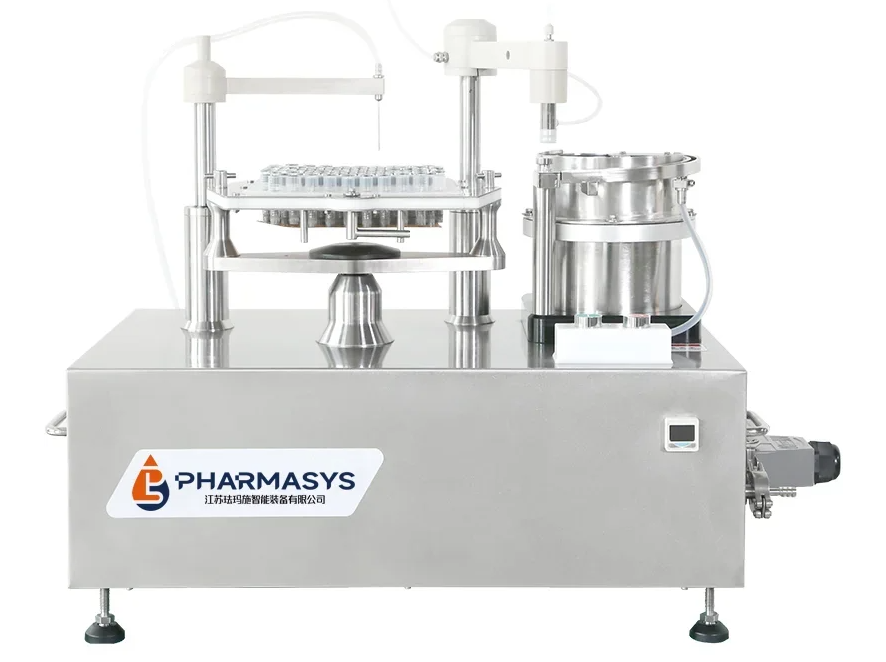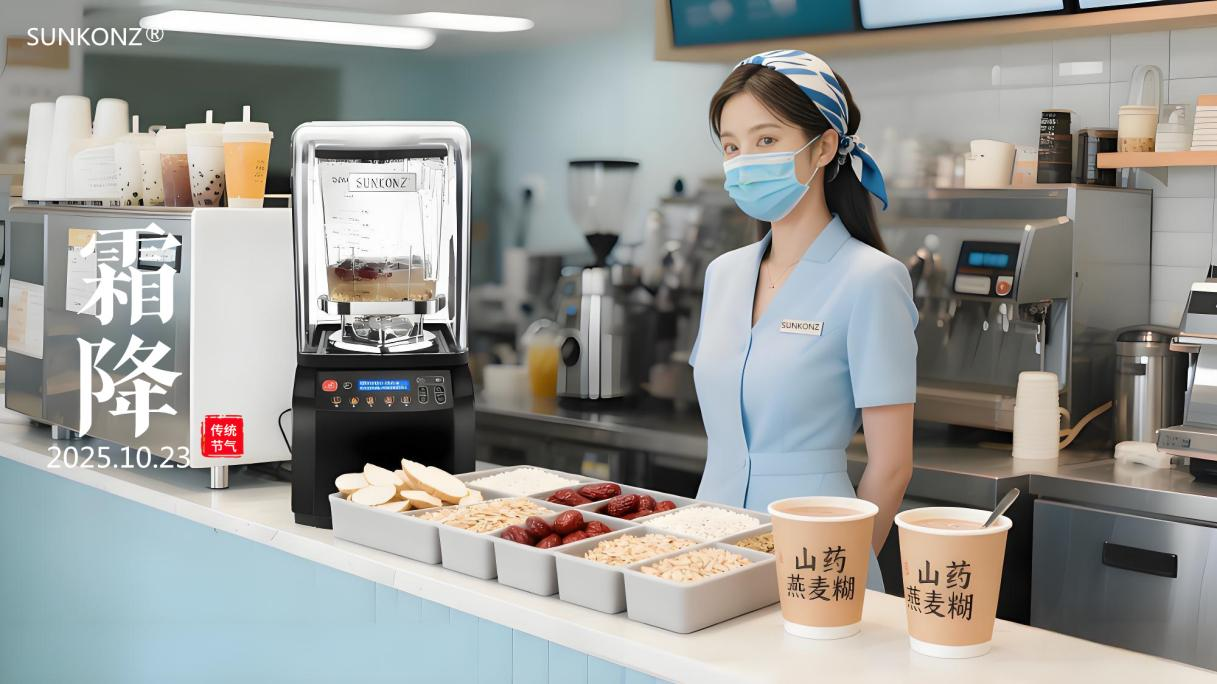Nest-Type vs Bulk Filling Machines for Aseptic Production — Which One Should Pharmaceutical Companies Choose?
In modern injectable drug manufacturing, aseptic filling is the most critical stage where sterility, precision, and reproducibility directly impact regulatory compliance and product quality. For pharmaceutical companies, selecting the right filling system is crucial to achieving efficiency, flexibility, and cost-effectiveness.
Two of the most commonly deployed technologies are the Nest-Type Filling Machine for aseptic production and the Bulk Filling Machine. While both aim to deliver sterile injectable products, they differ significantly in design, workflow, and suitability for various production scales.
In this article, we provide an in-depth comparison between Nest-Type and Bulk Filling Machines, highlighting key differences in sterility assurance, throughput, process flexibility, and operational costs, while illustrating how Pharmasys provides tailored solutions for global pharmaceutical manufacturing.
1. Nest-Type Filling Machine vs Bulk Filling Machine: Operational Overview
The main distinction between these two systems lies in how containers are handled before, during, and after filling:
Nest-Type Filling Machines are designed for pre-sterilized containers, usually provided in RTU (ready-to-use) nests or trays. Containers are sterilized at the supplier end, then loaded directly into the filling machine, typically housed within an isolator or RABS (Restricted Access Barrier System). This design minimizes contamination risks and simplifies validation.
Bulk Filling Machines, by contrast, handle containers supplied in bulk. These vials, syringes, or cartridges must undergo washing, depyrogenation, and sterilization in-house before filling. Bulk systems are often integrated with multiple modules, including washer, depyrogenation tunnel, filler, stoppering, and capping sections, and are optimized for high-volume production.
Key takeaway: Nest-type filling lines excel in small-batch, high-value, or sensitive biologic drug production, while bulk filling lines are suited for large-volume, standardized products.
2. Sterility Assurance in Nest-Type vs Bulk Filling Systems
Sterility assurance is the cornerstone of aseptic injectable manufacturing.
Nest-Type Filling Machines:
-
Containers remain sealed in pre-sterilized nests until the filling process.
-
The filling process occurs inside a closed aseptic environment, reducing operator intervention.
-
No washing or depyrogenation step is required, minimizing particle generation and thermal stress.
-
Ideal for high-potency, temperature-sensitive formulations, including vaccines and biologics.
Bulk Filling Machines:
-
Containers require in-house washing and depyrogenation, increasing the number of critical control points.
-
Operator intervention and environmental controls are essential to maintain sterility.
-
HEPA-filtered laminar airflow and continuous environmental monitoring are mandatory.
Conclusion: For highest sterility integrity and minimal contamination risk, Nest-Type Filling Machines are preferred. Bulk systems remain viable where large-scale volume and infrastructure allow rigorous control.
3. Throughput and Production Efficiency
Throughput is a key consideration for pharmaceutical manufacturers balancing speed, cost, and batch size.
Nest-Type Filling Lines:
-
Typically handle 1,000–10,000 units/hour, depending on container type.
-
Rapid changeovers and minimal cleaning allow flexibility for multi-product operations.
-
Optimal for clinical-scale or specialty drug production.
Bulk Filling Lines:
-
Capable of 20,000–30,000 units/hour for single-product batches.
-
Higher throughput comes at the cost of longer cleaning and validation cycles, which may reduce overall efficiency in multi-product facilities.
Summary: Bulk systems offer higher volume productivity, while nest-type machines provide flexible and efficient small-batch production.
4. Facility Footprint and Cleanroom Requirements
The design and footprint of the filling line impact cleanroom infrastructure, HVAC design, and operational cost.
Nest-Type Systems:
-
Require a smaller footprint, as they eliminate washing and depyrogenation modules.
-
Can be integrated into modular cleanrooms or isolator setups.
-
Ideal for facilities with limited space or phased expansion needs.
Bulk Systems:
-
Require larger cleanroom space to accommodate multiple integrated modules.
-
Cleanroom classification is typically Grade B or higher, increasing operational complexity and cost.
Implication: Nest-type lines offer significant space and cost efficiency in facility design, particularly for high-value biologics.
5. Cost Analysis: CAPEX and OPEX Considerations
Cost-effectiveness is critical when choosing between Nest-Type and Bulk Filling Machines.
| Factor | Nest-Type Filling | Bulk Filling |
|---|---|---|
| Initial Investment | Lower | Higher due to multiple modules |
| Container Cost | Higher (RTU containers) | Lower (bulk containers) |
| Maintenance & Cleaning | Minimal | High due to washing and sterilization |
| Energy Consumption | Lower | Higher |
| Overall Lifecycle Cost | Often lower for multi-product or clinical-scale production | More cost-efficient for high-volume, single-product batches |
Insight: Nest-type filling lines are increasingly preferred in the industry for high-value, flexible production, despite higher per-container costs.
6. Process Flexibility and Scalability
Flexibility is a growing requirement in pharmaceutical and biopharmaceutical manufacturing, where multi-product lines are common.
Nest-Type Filling Machines:
-
Easily accommodate vials, syringes, or cartridges in the same line.
-
Minimal risk of cross-contamination due to closed handling.
-
Suitable for high-viscosity and sensitive biologics, compatible with advanced pump technologies.
-
Scale-up from clinical to commercial production is straightforward.
Bulk Filling Machines:
-
Optimized for one product or container type.
-
Changeovers require extensive cleaning, validation, and downtime.
-
Less efficient for multi-product or personalized medicine production.
7. Regulatory Compliance and Validation
Pharmasys designs all Nest-Type and Bulk Filling Machines to meet international GMP standards, including FDA, EMA, and NMPA requirements.
-
Nest-Type Lines simplify validation — fewer critical steps, reduced human interaction, and straightforward aseptic qualification.
-
Bulk Lines require validation of washers, depyrogenation tunnels, and environmental monitoring.
Tip for manufacturers: Nest-type systems accelerate validation and reduce regulatory burden for multi-product or short-batch facilities.
8. Integration with Robotics and Automation
Automation is critical for modern aseptic production, reducing contamination risk and increasing repeatability.
-
Pharmasys Nest-Type Filling Machines integrate seamlessly with robotic pick-and-place systems, RABS, and isolator technologies.
-
Bulk Systems also support automation, but system complexity, footprint, and maintenance requirements are higher.
Result: Nest-type machines are ideal for facilities targeting minimal human intervention and advanced automation.
9. Brand Highlight: Pharmasys Tailored Solutions
Pharmasys is a global leader in aseptic filling equipment, delivering high-performance, cost-effective solutions for injectable drug production.
-
Our Nest-Type Filling Machines support high-precision dosing, minimal contamination risk, and multi-product flexibility.
-
Integrated stoppering, capping, and liquid handling systems ensure complete aseptic control.
-
Through collaboration with Shanghai Qianxiang Automatic Technology Co., Ltd., Pharmasys develops solutions for high-viscosity and complex formulations, providing end-to-end aseptic filling lines suitable for clinical and commercial production.
This expertise allows Pharmasys clients to scale production efficiently, maintain regulatory compliance, and reduce operational costs without compromising sterility or quality.
10. When to Choose Nest-Type or Bulk Filling Machines
| Scenario | Recommended System |
|---|---|
| Small-batch, high-value biologics | Nest-Type |
| Clinical trials | Nest-Type |
| High-volume generic injectables | Bulk |
| Facilities with existing washing and sterilization infrastructure | Bulk |
| Space-limited expansion | Nest-Type |
| Multi-product flexible lines | Nest-Type |
| Single high-volume product | Bulk |
Conclusion: For modern, flexible, and sterility-critical production, Nest-Type Filling Machines provide unmatched advantages. Bulk systems remain efficient for large-scale, single-product operations.
11. Conclusion
Choosing between a Nest-Type Filling Machine and a Bulk Filling Machine requires careful consideration of batch size, sterility needs, facility layout, and product portfolio.
With Pharmasys as your partner, pharmaceutical companies can implement tailored aseptic filling solutions that combine sterility, efficiency, and flexibility, whether for small-scale biologics or high-volume commercial products. Our expertise in Nest-Type and Bulk Filling systems ensures you achieve reliable, scalable, and cost-effective aseptic production.
www.sino-pharmasys.com
Jiangsu Pharmasys Intelligent Equipment Co., Ltd.


Average Rating